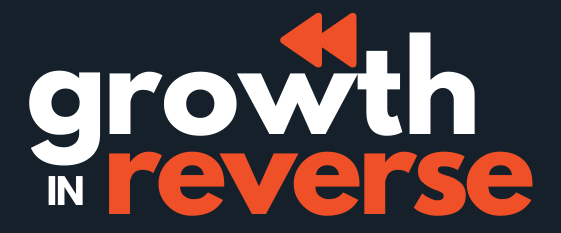Can you imagine sending your first edition of the newsletter to over 5,000 readers?
And within 7 months of publishing that first newsletter post, having your subscriber count grow to over 35,000…
That’s exactly what Tom Alder has done, and he’s now built an audience of more than 55k in just 14 months.
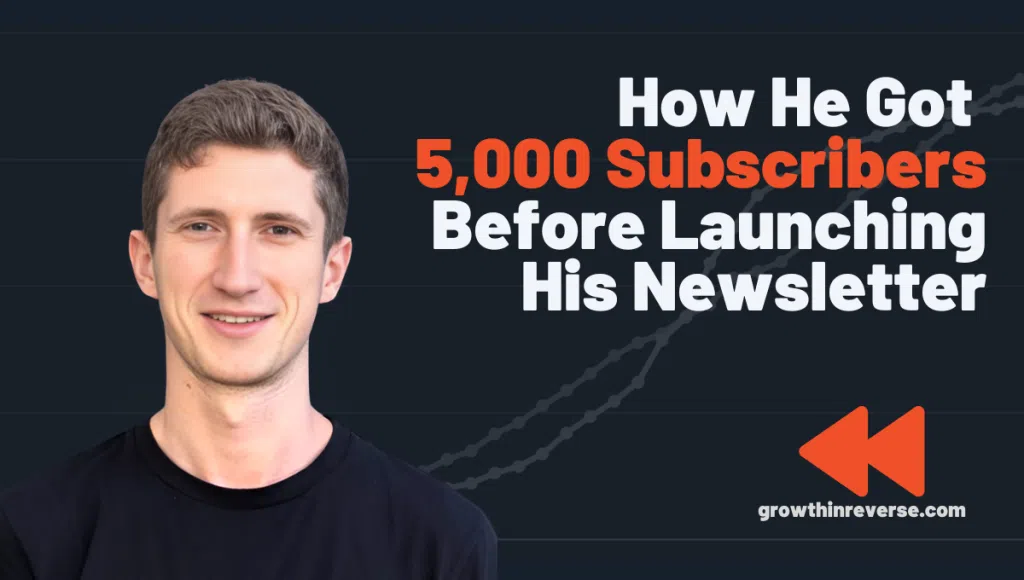
Tom writes the Strategy Breakdowns newsletter, where he shares tactics some of the biggest businesses in the world have used to grow.
As opposed to a deep dive like the one you’re reading, he picks a single strategic idea, growth hack, or tactic and shares how it works. The companies profiled are mostly larger SaaS and other internet businesses, like Loom, Canva, and Spotify.
This shorter format lends itself well to posting on LinkedIn, which is where Tom has amassed an audience of over 100k followers that helped him grow his newsletter to over 55k subscribers.
Let’s get into how he’s built his audience and how you can replicate some of his success.
How Tom Makes Money
Before we dive into the growth side of things, I think understanding how Tom makes money from Strategy Breakdowns will help you see why he’s done things the way he has.
Sponsorships
Tom is making a good portion of his revenue from brand partners and sponsorships.
He’s using Passionfroot to put together his sponsorship page where brands can book slots asynchronously. Tom currently charges $1,500 per spot, with two potential brands in each newsletter.

If he sells out the ad space in each edition of the newsletter, which at this point is biweekly, Tom stands to make around $78k from featured sponsorships.
But if he were to switch to a weekly cadence, he could essentially double that amount.
This also doesn’t include the Sponsored Breakdowns he offers at $5,000 per issue.
Affiliate Marketing
Tom also makes money from affiliate marketing, by promoting companies with his custom links. He put together a

I’d guess this isn’t a huge percentage of his revenue, but meaningful enough.
Paid Referrals
Tom has Beehiiv Boosts setup so he makes money when people sign up to other newsletters he’s recommended after they subscribe to Strategy Breakdowns.
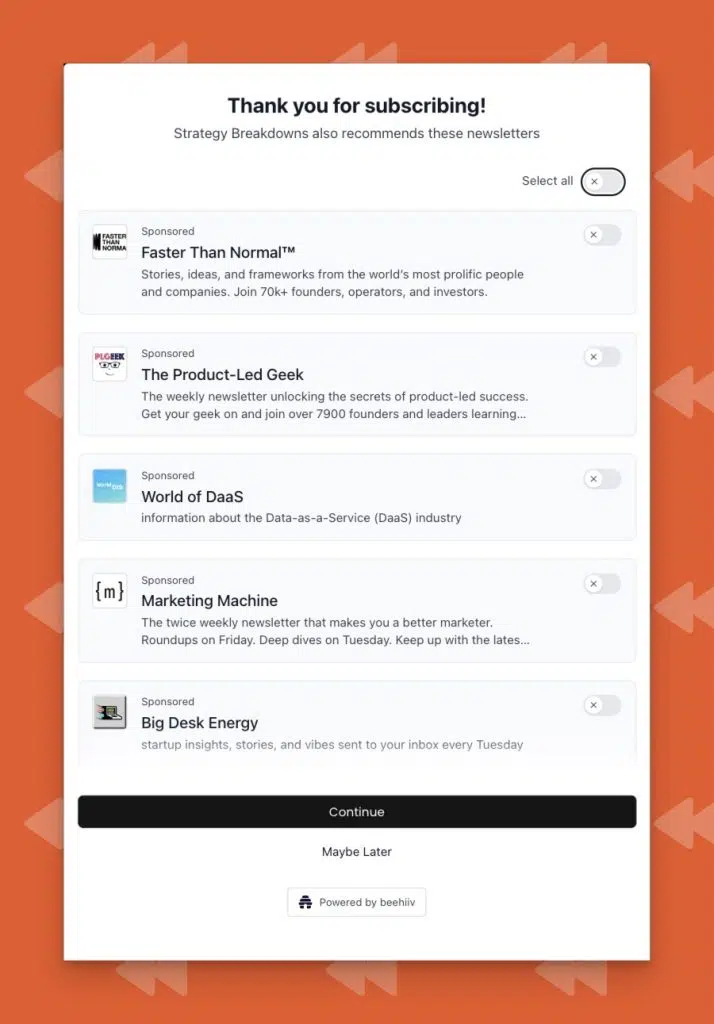
You’ll see later on that Tom pays to have these running to grow his newsletter too.
Tom has mentioned creating a course or paid product, but I haven’t seen that come to life just yet.
The Growth Timeline of Strategy Breakdowns
Remember how Tom had around 5,000 subscribers before he even launched his newsletter? That’s because he was building up an audience on LinkedIn before publishing his newsletter.
As much as it may seem that way, there is no overnight success here.
Here’s a look at the full growth timeline to give us the big picture of his growth.
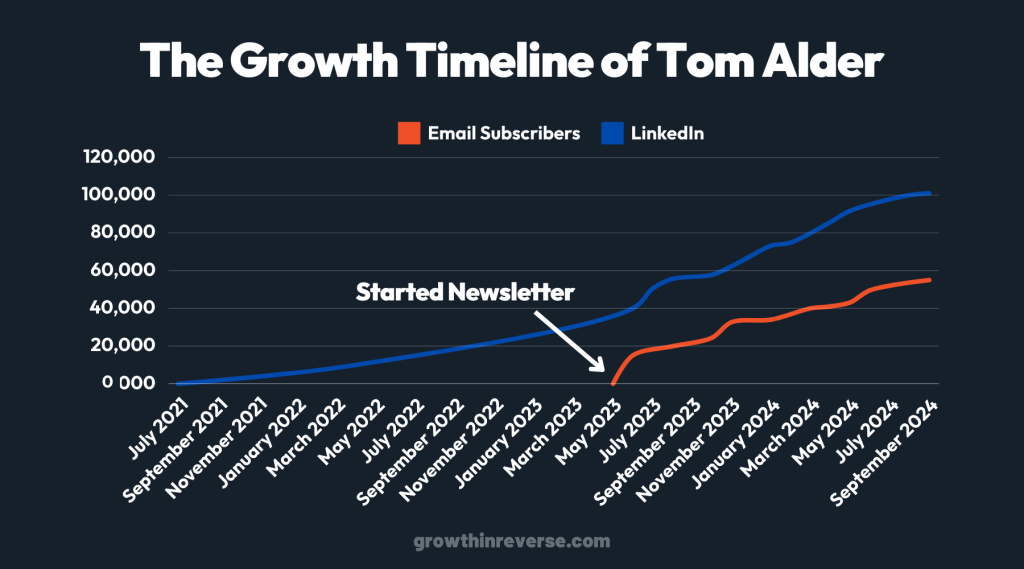
He started writing on LinkedIn almost 2 years before starting his newsletter. But he did take around a year off from posting in the middle there where his audience growth stagnated a bit.
The Growth Levers of Tom Alder
Let’s take a look at the growth levers Tom has used to grow Strategy Breakdowns to over 55,000 subscribers in just 14 months.
💼 1. LinkedIn Challenge. Tom kickstarted his growth on LinkedIn with a challenge that turned into a sizable audience and newsletter base.
🌵 2. LinkedIn Growth Tips. Tom shared some of the tactics he used to get his posts more reach and go viral, including the one he thinks is the “single biggest growth hack.”
🏈 3. Create Playbooks. This one will come as a no-brainer once you see it, but I was able to put together some of these playbooks so you can replicate them too.
🤑 4. Paid Growth. Tom doesn’t shy away from paying for subscribers because he’s been able to find good ways to monetize the newsletter.
1. The LinkedIn Challenge 💼
Tom had around 35,000 followers on LinkedIn before he even started writing the newsletter. He started posting on LinkedIn in July 2021, and without even the idea of a newsletter, he was purely focused on building an audience on LinkedIn.
30-Day Posting Challenge
When he first started sharing content on LinkedIn, Tom set out to post once a day for 30 days. A simple challenge, but consistency is hard.
In the beginning, he was posting about all kinds of topics: NFTs, crypto, some business stuff as well as fintech-related content.
While it looks like a mess when you look back, Tom was finding his voice. He was figuring out what he could uniquely write about, along with what styles of content people like to read.
Over time, it got more dialed in and he wrote more confidently.
He finished the without a big hit or any semblance of a viral post.
But it’s a good thing he didn’t stop writing after those 30 days, because he had his first “viral” post on August 22nd.
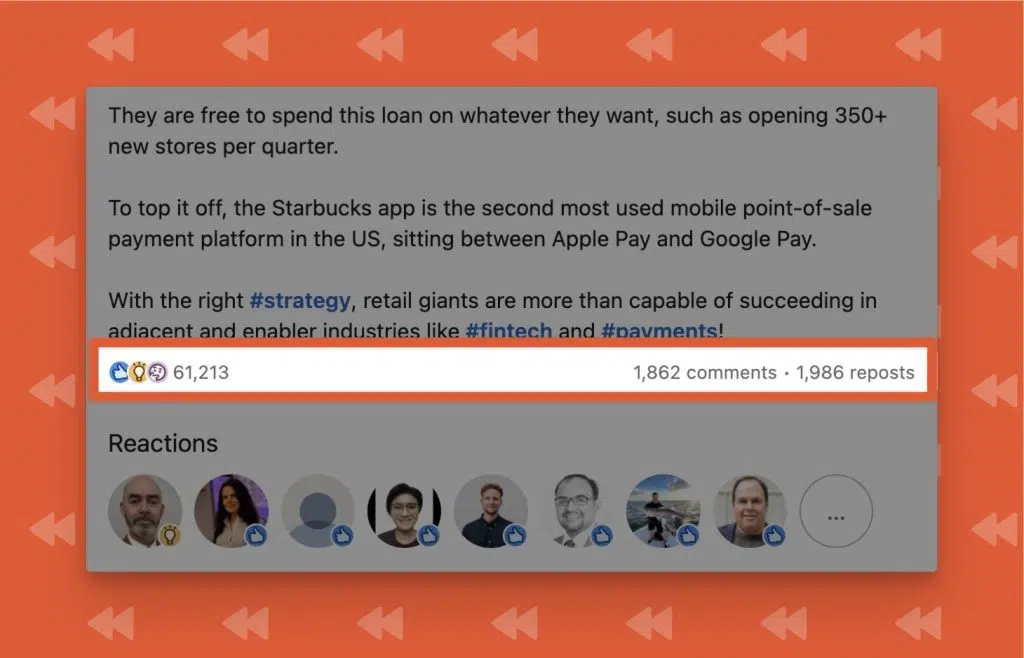
This reminds me of when Dickie Bush did a similar challenge and was going to give up posting on Twitter when he went megaviral after being retweeted by Naval.
And Tom’s “short” 30-day challenge ended up lasting for 9 months.
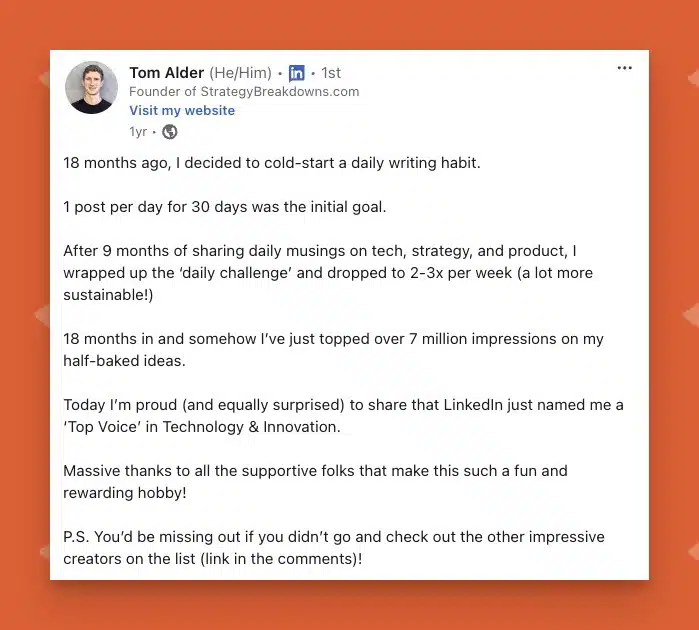
And he didn’t stop posting after those 9 months either, he simply moved the cadence to 2-3x per week.
The daily posting helped Tom hone in on what was working and helped him build up a large audience.
Embrace Being the ‘Curious Learner’
Tom’s content during the challenge was, and still mostly is, based off of his curiosity, not his direct experience.
He even calls this out in a LinkedIn post:
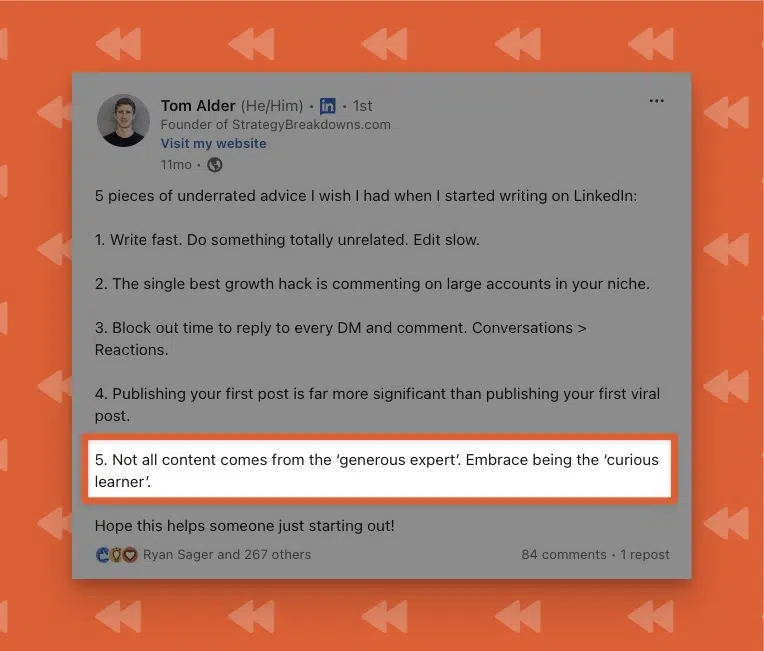
You don’t have to be the expert on something to get started sharing what you’re learning (and I certainly wasn’t when I started this newsletter either).
Some of the best content I’ve seen comes from people who are just so curious and passionate about learning something that they’re able to explain it better than someone who’s been doing it for years.
Using Polls
Tom used polls a lot in the early days of his LinkedIn journey.
In fact, he posted 11 polls in his first 35 days of posting on LinkedIn.
You may have noticed I posted my own poll recently. I’ve never used these before, but going through Tom’s back-catalogue and seeing how frequently he was doing it got me curious.
I’m not telling you this to say that his use of polls was strategic, but Tom allowed himself to create “easier” posts as to keep the streak going. It feels much easier to ask other people questions than it does to create an insightful post people will share.
Don’t overcomplicate it.
A post is a post, especially when you’re learning a new platform.
2. LinkedIn Growth Tips 🌵
74% of Tom’s subscribers in the first 6 months came from LinkedIn, and he’s shared a number of tactical tips with in interviews and on his own website.
Here are some of the tactical strategies he’s used to grow his LinkedIn audience.
Outbound Engagement
For around half an hour before you post, make sure you’re commenting on larger creators posts in your niche.
Tom actually said this was the single best growth hack:
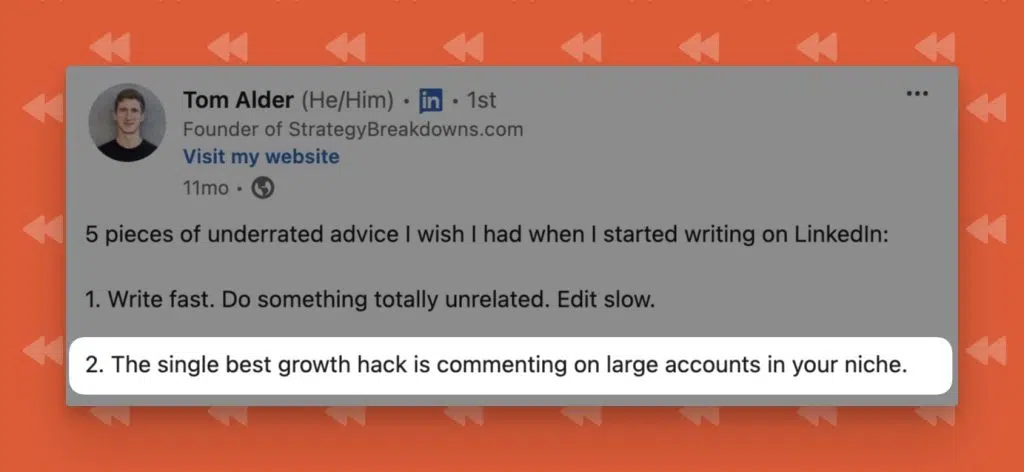
He said at a minimum he tries to do 15-20 outbound comments day, although I have a feeling that some days it’s double or more than that.
But comment at least that many times before you publish your own post. Think of it like giving before you expect anything in return.
The First Hour After Posting
The first hour right after you post is the most important time.
Tom told Dylan Redekop that if a post gets ~100 reactions in the first hour, it will likely end up with around 500 or so reactions after 48-72 hours.
If you get around 200+ reactions, you can pretty reliably expect the post to go a little viral (2,000+ reactions).
Engage Like a Real Person
This one goes for almost any social platform I can think of. You need to actually be engaging with other people that comment or like the post.
This is social media after all 🙂
Tom makes sure to engage with all comments that come in within the first 30 to 60 minutes after posting.
After that, he’ll take a break and come back later in the day to continue engaging with the comments.
Add Multiple Comments
Including comments on your own post with bonus information to drive more engagement. You can add things like:
- Include a bonus item in this space. If you’re posting about the 10 best ways to do X, you can include an 11th in the comments.
- Quote by famous person about that topic
- More insights or even a picture of you doing the thing you talked about
There are a ton of possibilities here. In my opinion, this strategy is starting to feel a little overused, so you’ll want to put more effort into what you’re including there and do it well.
But it still seems to be working. Here’s a recent post of Tom’s where he does this:
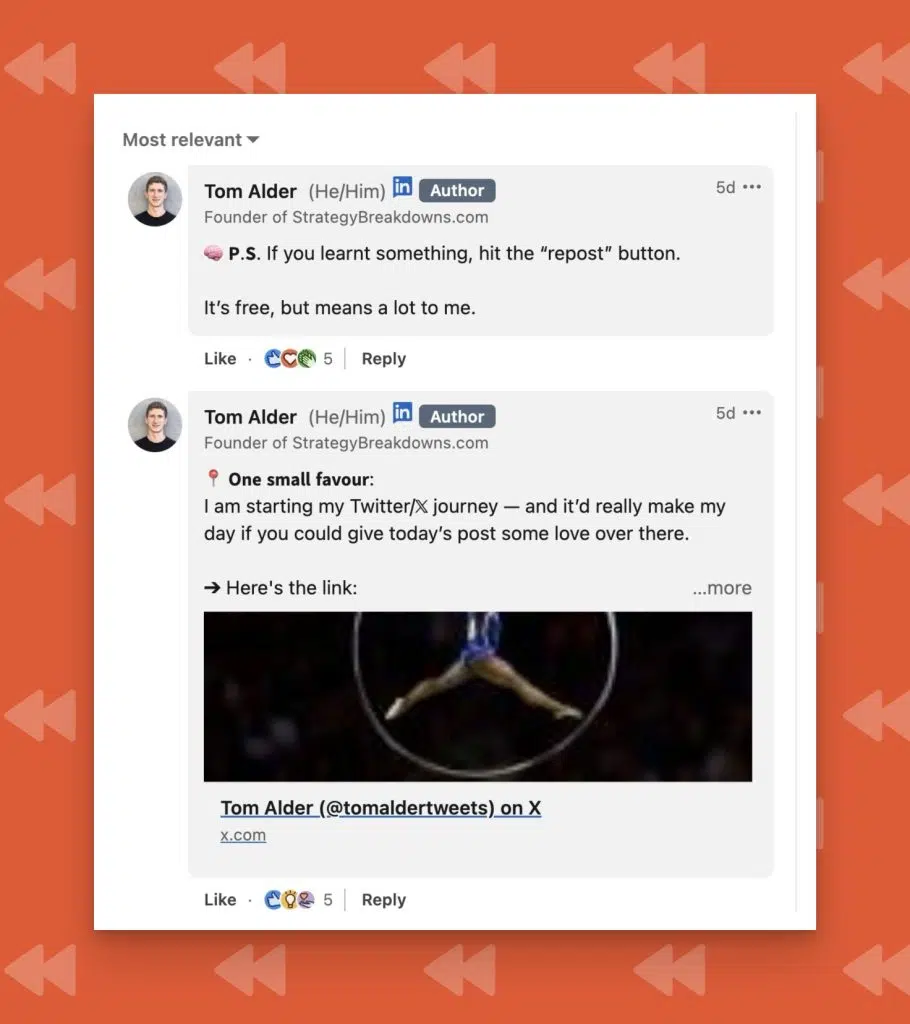
Adding a Call to Action
Including a link in your post really decreases the reach of your post, and Tom estimates it hurt the reach of your post by 75%.
You want to optimize the first hour for engagement, keeping in mind those metrics we talked about above, but after it gets a bit of traction you can include a link.
It will still decrease your reach, but at that point you’ve hopefully already hit “escape velocity” with your post which will negate the downsides of editing the post and including a link.
Don’t Be the First to Comment
Tom said that LinkedIn also penalizes your post if you’re the first to comment on that post.
After 10 minutes, you can add a comment with a newsletter link, after someone else has hopefully commented as well.
LinkedIn → Newsletter
An audience on social is great, but email is better. And Tom has been able to get his followers to become newsletter subscribers.
Shortly after starting Strategy Breakdowns, Tom had a few posts that went insanely viral.
This one took him from 5,000 subscribers to over 7640 subscribers.
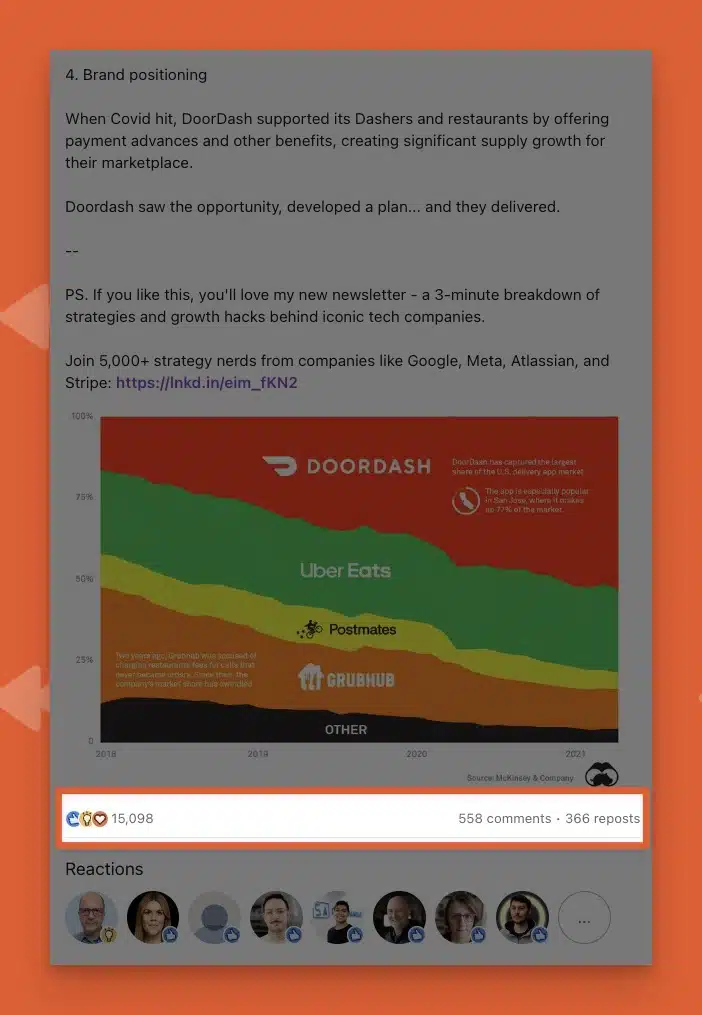
…from one post. I don’t know about you, but I’d love some newsletter growth like that.
However, not all viral posts gain subscribers.
Tom shared an interesting insight around getting email subscribers from viral posts. He shares two posts and says the one that got him over 3 million more impressions, actually got less email subscribers than the “smaller” one.

You want to keep this in mind while trying to “build the biggest audience”, because they don’t always translate to quality subscribers.
Sure you can post “10 websites that are so valuable they should be illegal” (please don’t), but if your content is not related to that topic, it’s purely a dopamine game.
Quality over quantity wins when you’re trying to build an email list.
3. Create Playbooks 🏈
Tom was a Strategy & Operations Manager at his full-time job with Atlassian, so this next one should come as no surprise.
He’s created playbooks and full blown systems around his content creation and other processes within the business.
Here are some of the one’s I found.
Tom’s Publishing Playbook ✅
Tom has built out a full blown content playbook within
If you remember, Justin Welsh had a similar content system, but this seems much more in-depth.
1. Outline
After Tom has an idea he’s ready to run with, he’ll outline the post in
2. Draft – “Write Fast”
When Tom writes, he tries to write as fast as possible, no editing allowed.
If he doesn’t like how a sentence reads, he’ll write a bunch of different versions instead of deleting the first.
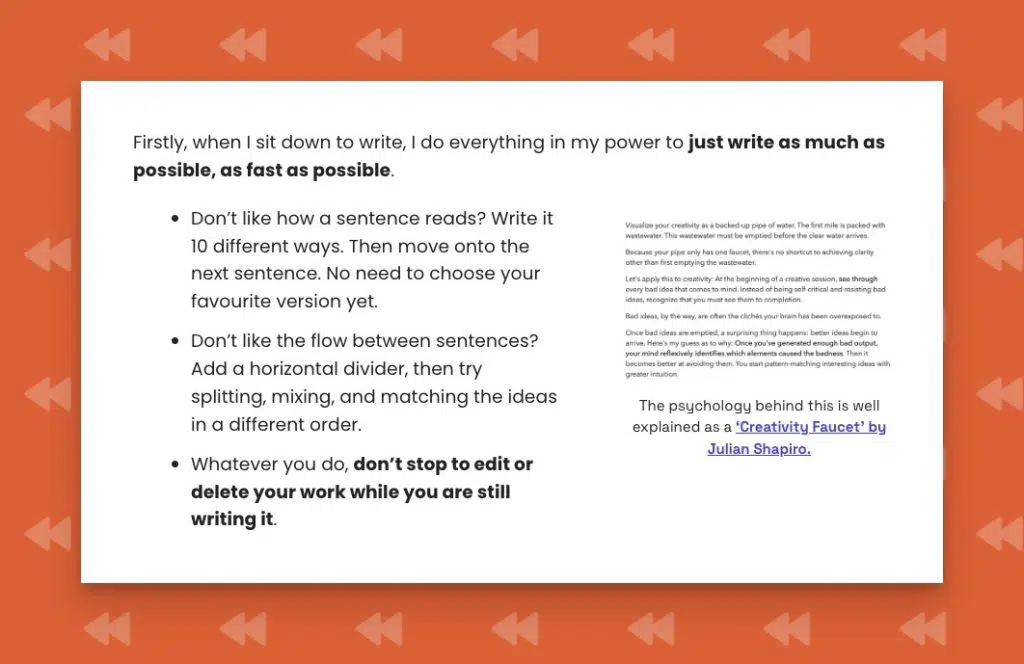
Once he has everything out, only then will he move on to editing.
3. Edit
I’m sure the first checkbox in this section was “did you take a break?” as Tom mentions that again and again.
He says he ideally will try to edit the piece the following day, to give himself time and space from the piece before doing so. But in a crunch, he says a few hours is good enough.
4. Migrate to Beehiiv
This one he actually posted a full screenshot of, so I’ll leave that here for you:
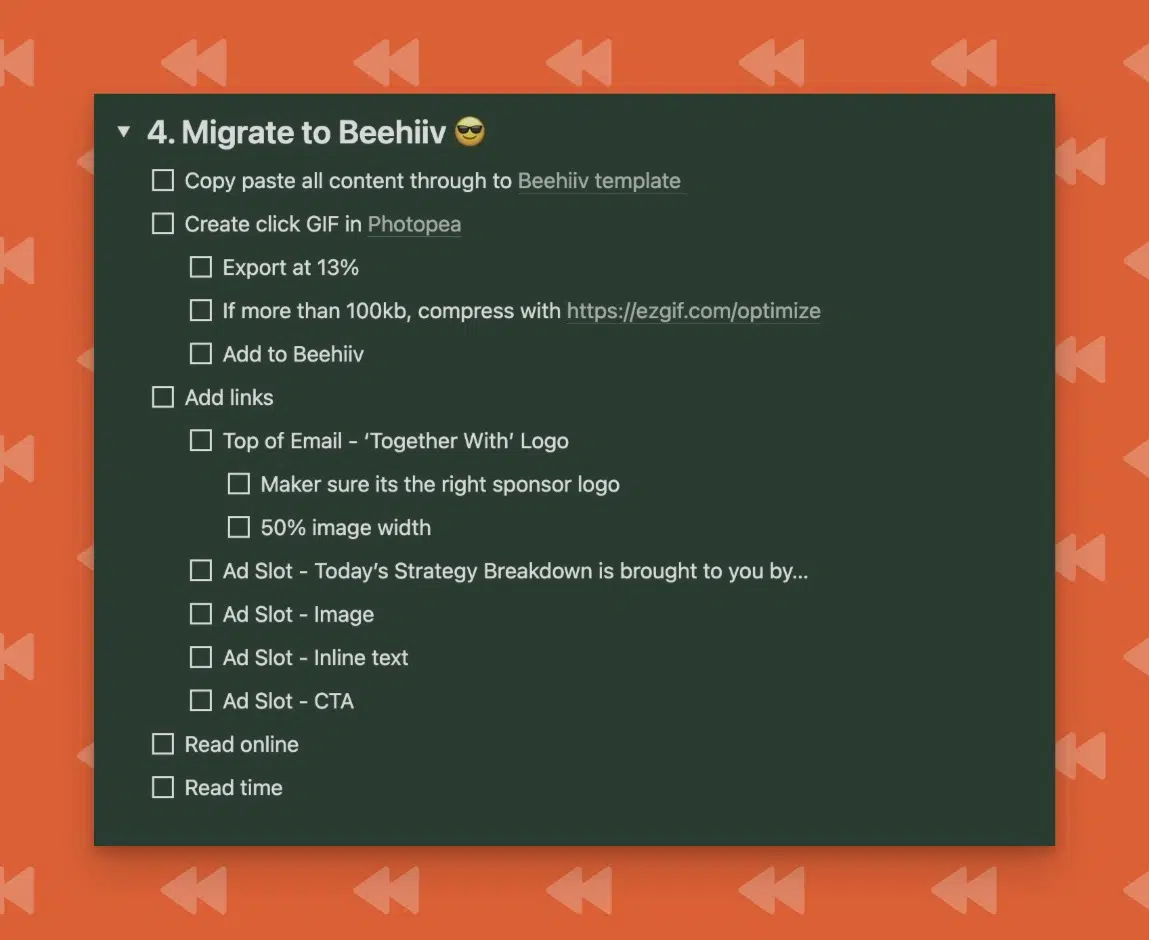
I love how detailed these checklists are, and need to get better about doing this with my own work.
5. Publishing Settings
He does include some of this within the Migrate to Beehiiv step, but he probably has many more. These are some of the ones I could find:
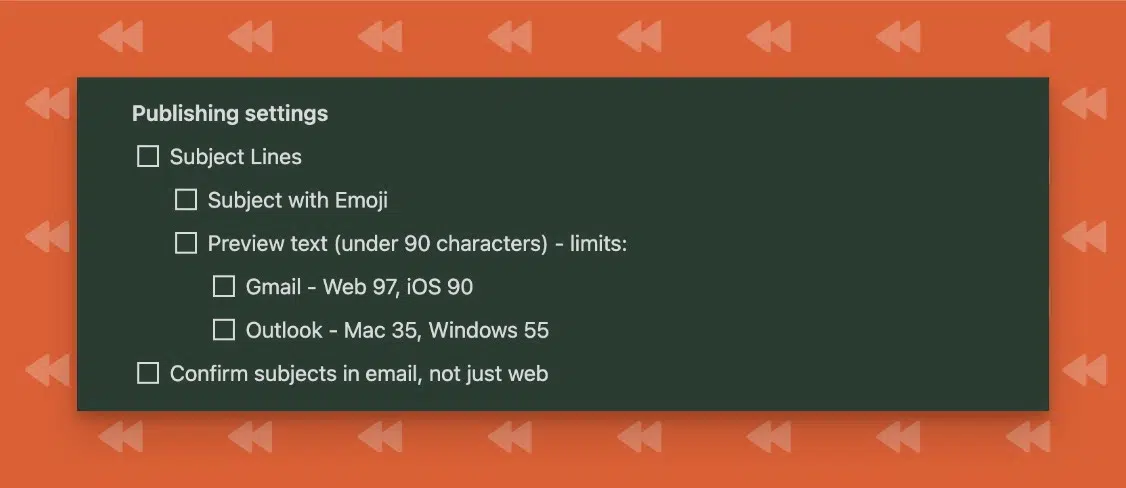
6. End-to-end Edit
This is likely the “final checklist” to make sure all of the boxes have been checked and he’s ready to schedule or send out the newsletter.
7. Log
I’m flying blind on this one, but I image this is where he keeps track of URLs, performance, and more so he can easily look back and see everything in one place.
Create a list of all the people you want to engage with.
Make a checklist of all the things you want to do for each post.
Iterate these over time, you won’t nail the processes right away.
His LinkedIn Publishing Checklist ✅
Tom also has a checklist for publishing on LinkedIn. Here are the components to that system.
1. Daily Content Consumption
Tom intentionally reads tech news, trends, and content from b2b creators to keep his idea pipeline full.
Some of his favorite places to get content ideas?
- HackerNews
- Newsletters
2. Save Ideas to a Database
Tom uses
Notion has a great Chrome extension you can use to save articles and webpages. Here’s what it looks like:
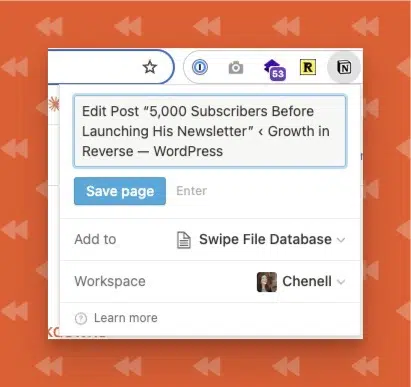
3. Prioritize
From that list of ideas he has, he’ll prioritize them based on a weighted average.
This is a custom formula he’s setup in
- Effort – how much work will it take to research and create the post
- Viral potential – his view of how well this post would do
You can see this here (and yes, I realize it’s super blurry, that’s the best I could do)
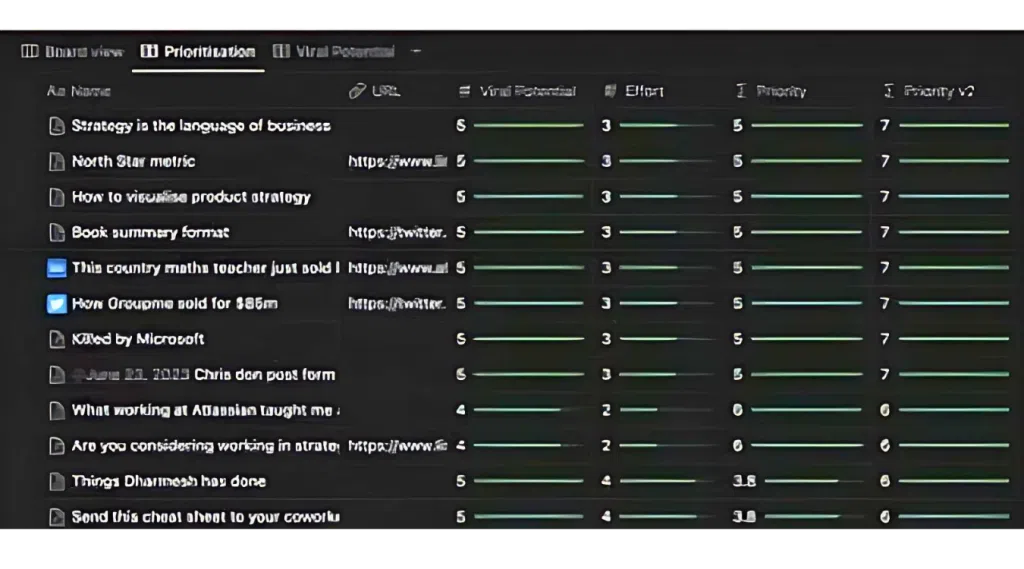
4. Write
I won’t go too deep into this one, but remember “Write fast. Break. Edit slow.”
5. Schedule Post
Tom uses Taplio, a tool to schedule his LinkedIn posts. You can use the tool to create a full posting schedule:
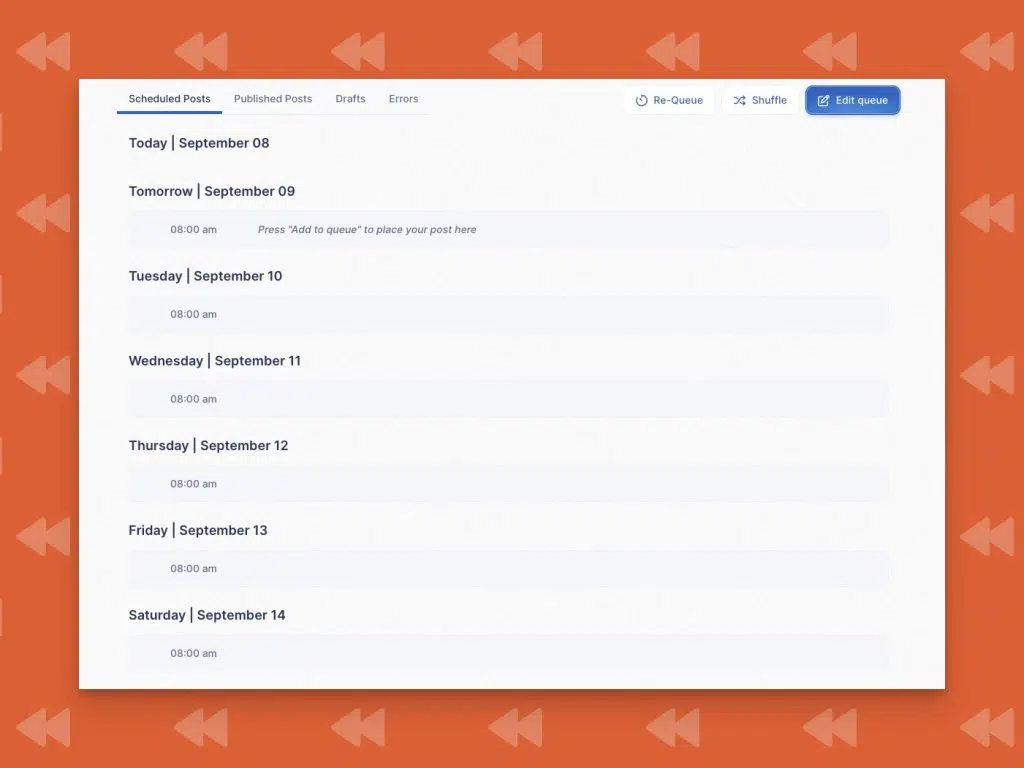
6. Engage
Before the posts go live, he engages with 10-20 other creators to “warm up” the algorithm.
Maybe you can create a list of 10 people in your niche that have similar audiences that you can engage with.
7. Reply to Comments
Once you hit publish, you’re not done. Go through and reply to each comment left within the first 30 to 60 minutes.
This helps add more engagement onto your post, giving it a better chance at getting more reach. But it also is just the right thing to do. If someone takes the time to comment on your post, reply back with a thoughtful comment.
8. Add a Bonus Comment & Call to Action
After 10 minutes he’ll add an extra comment or two with more value:
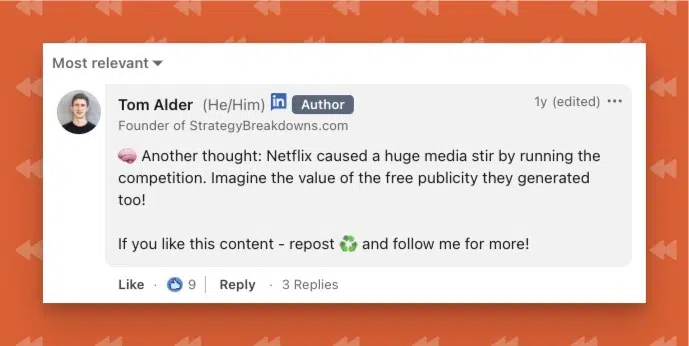
After an hour, you can include a link out to your newsletter as well.
9. Engage Again
Tom says he tries to go back 1 or 2 times later that day to engage with the comments that have come in since.
10. Analyze
This is the step most creators skip. Go back after a few days and see how well your post did.
What is because of a good hook? Was the topic not that interesting? Is there another format that could have worked better?
Find what works, and double down on that.
That’s one heck of a checklist for publishing a piece of content, but over time it becomes easier and easier.
4. Paid Growth 🤑
Tom has tried out a few paid marketing channels to get subscribers as well. While LinkedIn makes up a majority of his growth, paid channels account for 21.4% of his subscriber growth.
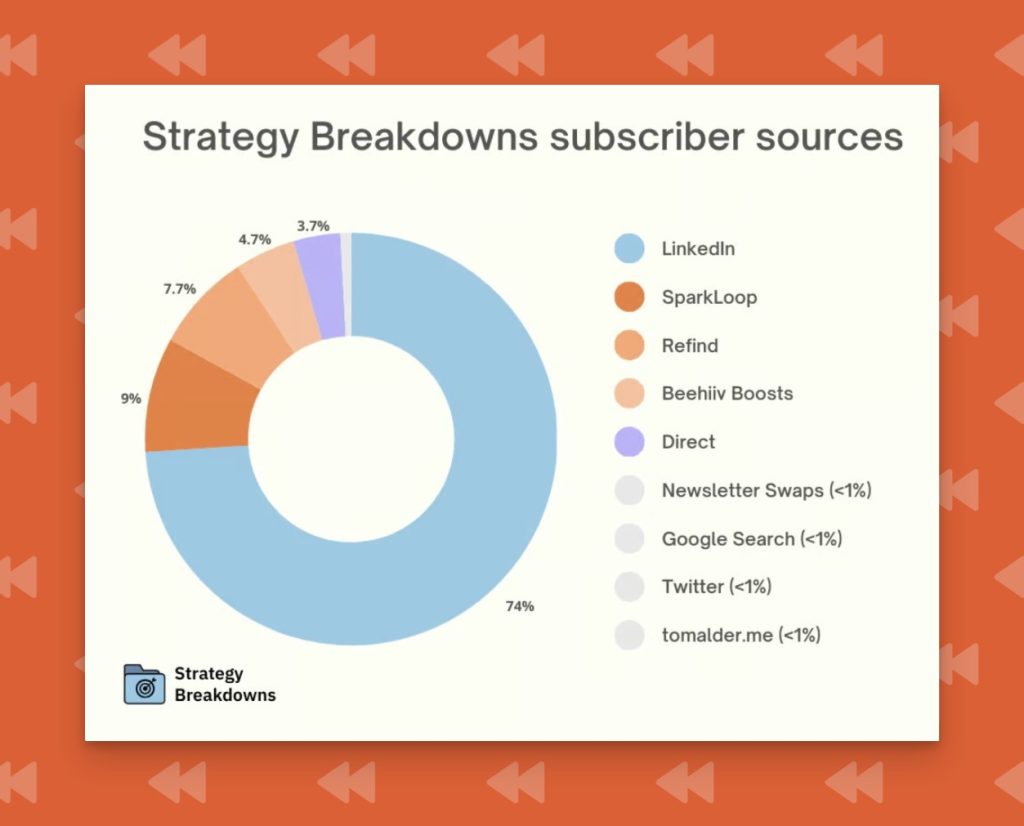
That chart is from 6 months into the newsletter, so the percentages may have changed. Let’s walk through some of these.
Paid Recommendations
Tom has used both Sparkloop and Beehiiv Boosts to get subscribers from paid recommendations. Here is the Partner information doc you can see through Sparkloop for the people recommending him.
I love this because it’s making it easier for people to feel confident sending traffic his way.
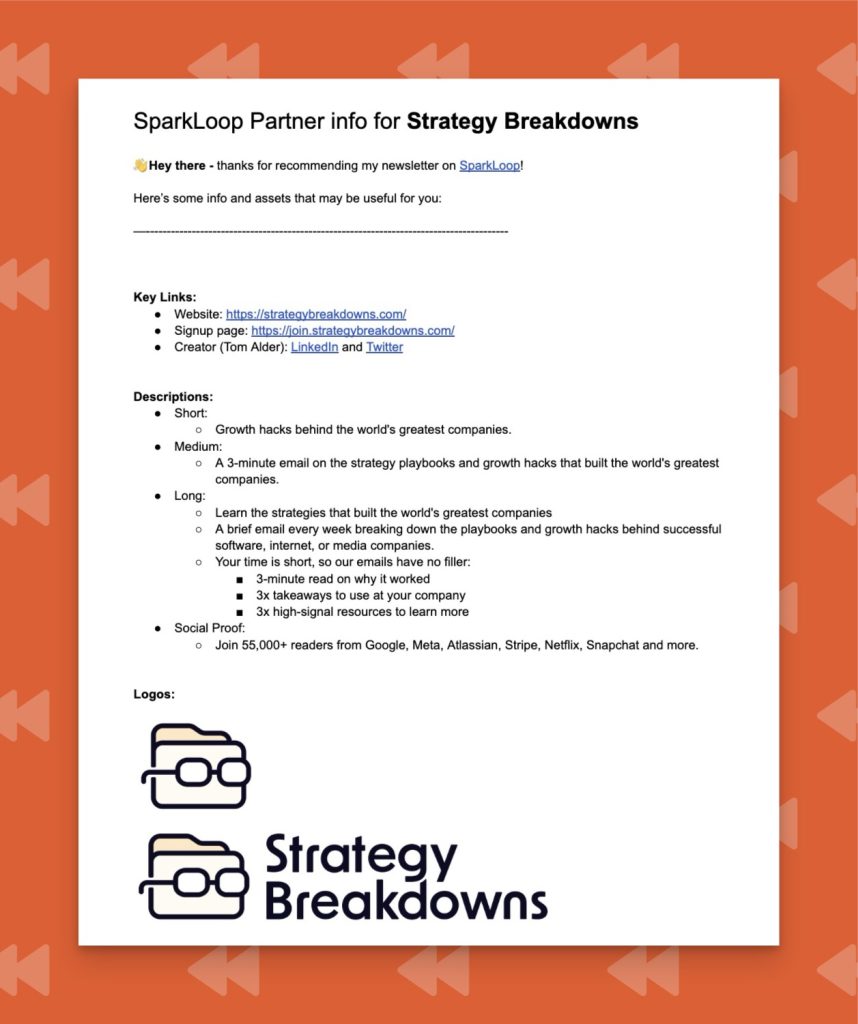
While he grows the newsletter via these paid recommendations, he also has them setup himself.
Once someone subscribes to the newsletter, they get this pop-up box with some sponsored recommendations:
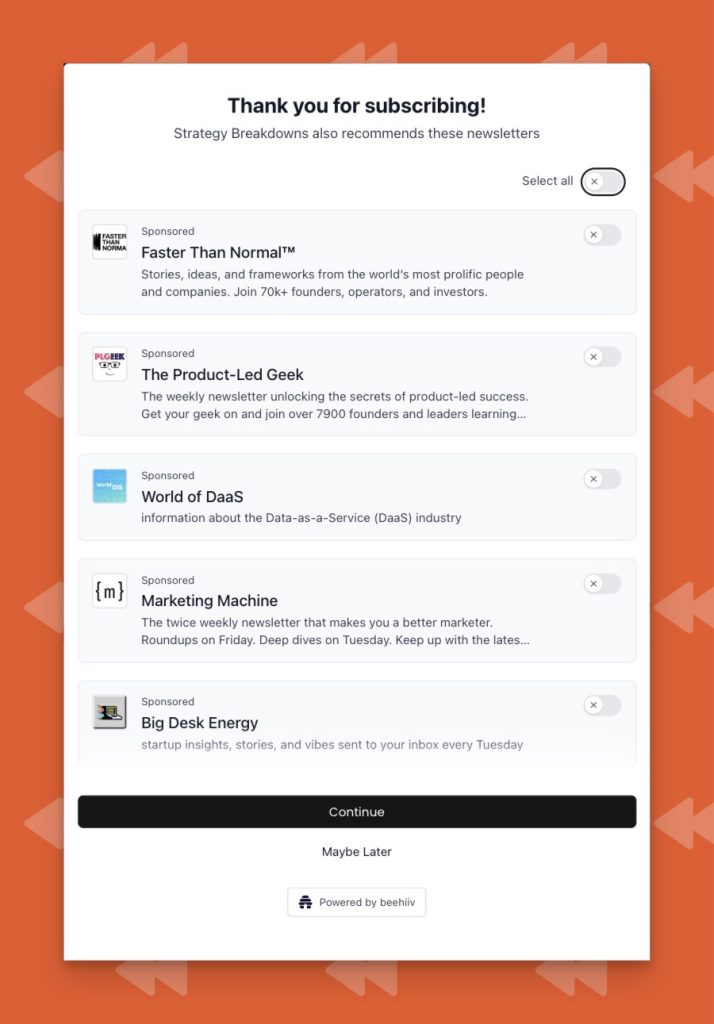
This helps him earn a bit of money if people subscribe to newsletters after joining his list.
Refind Ads
Tom is still using Refind ads to grow the newsletter.
Tom if you’re reading this, the branding there does need updating 🙂
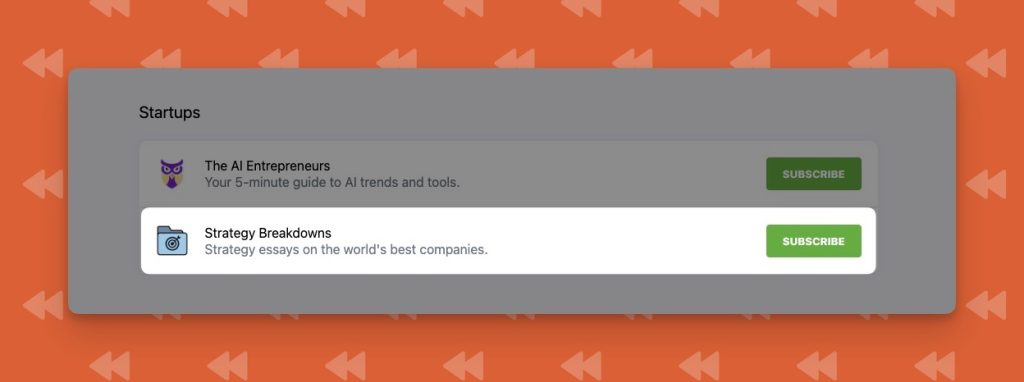
I’ve heard a number of creators say that Refind ads are pretty good, so it’s interesting to see he’s still running these after a year.
Social Media Ads
Tom created a Facebook page for Strategy Breakdowns in May 2024. I’m not sure if he actually ran ads over there and turned them off, or if he was creating the page to run them in the future.
Since the page has no followers, I’d imagine he hasn’t run them yet.
🗺️ How You Can Replicate Tom’s Success
Tom’s had quite the growth story, but in my opinion it feels like one of the more relatable ones. One social platform, one newsletter, and consistency mixed with great content.
Here are some of the ideas I’m taking away from this one.
Focus on One Social Platform
Unlike some other creators, Tom has stayed focused on LinkedIn for growth. While he is on Twitter, he doesn’t have a huge following and isn’t really playing the game over there.
Which is great because LinkedIn still seems to be working well for him.
It can be easy to go down the rabbit hole of trying to repurpose your content to multiple channels. And I think you can do that, but only focus on really trying to grow on one platform.
Otherwise, you’re trying to learn 3 channels at once and spreading yourself far too thin to have a meaningful impact on any of them.
Growth Challenges (and Easy Wins)
We talked about growth challenges recently and other creators who successfully used them. Tom used a 30-day challenge to kickstart his LinkedIn growth.
But it can be daunting to think about having to write every day for 30 days.
Instead, give yourself easy wins, especially when you’re getting started. You don’t have to swing for the fences every time.
A poll is a post. Tom used them a bunch in the beginning:
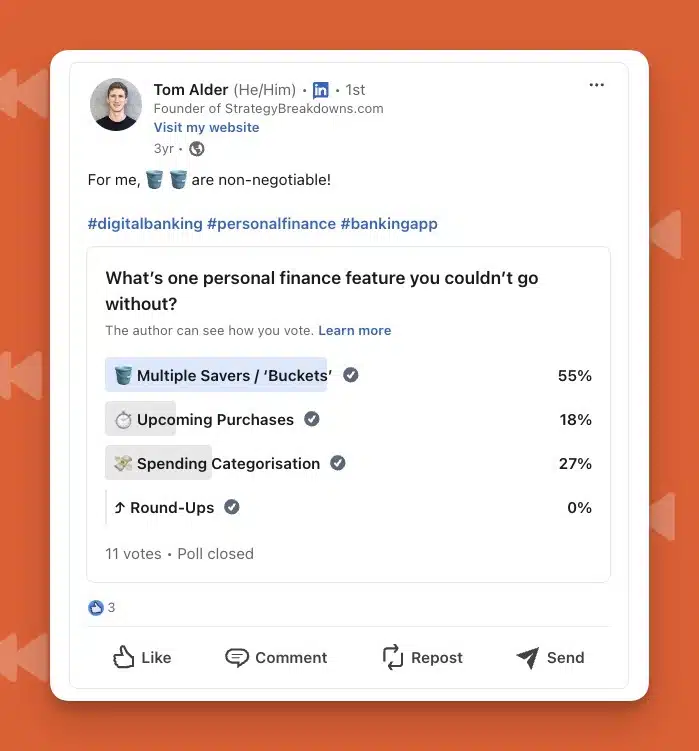
A question is a post. And if done well, they can give you great future content ideas.
These formats might not get the most engagement and you don’t want to use them daily, but give yourself some slack on days when you just can’t think of anything to write.
Build Systems
Tom has a background in systems and operations, but you don’t need that to build out a simple publishing checklist.
Here’s a quote from Tom that I love:
“The more you write, the more you realise how much work ‘around the writing’ there is. Create systems that automate routine tasks, build leverage, and free up your time. Save ideas to a database. Use a prioritisation framework. Calendar your ‘writing hours’. Don’t just write content – build a content machine.”
Building a content machine can sound daunting, but you can start with the basic steps:
- Find an idea
- Write
- Edit
- Publish
- Engage
And then add to it over time.
These don’t have to be super complicated in the beginning. But having a checklist helps take some of the mental load off of publishing, which might mean you’ll actually stick to it longer.
If I’ve seen anything stand out through writing more than 65 deep dives, it’s that *time* is the one of the most common growth levers of success.
Anything that can help you push through the hard times and keep going is a win in my book.
